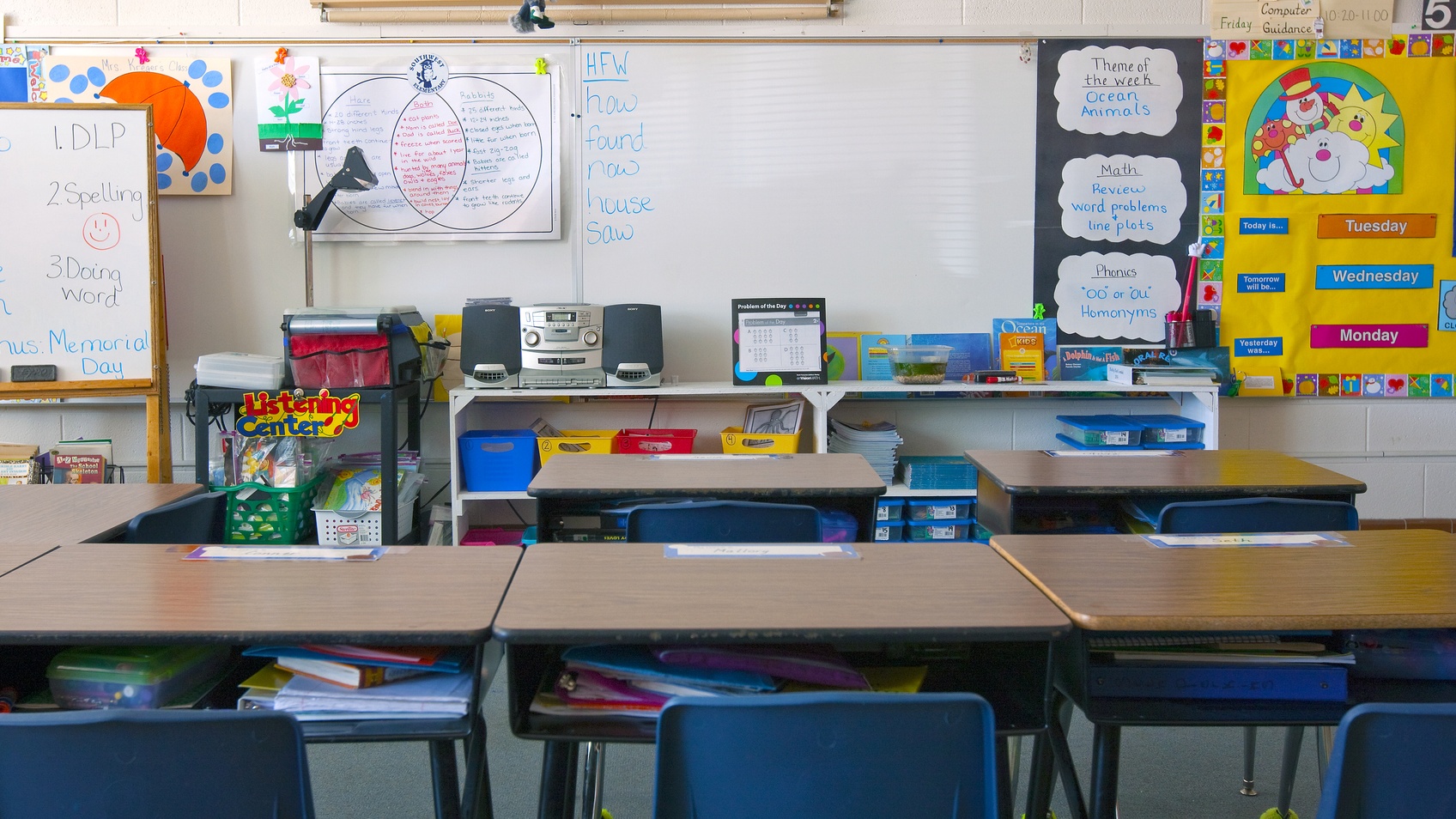Seven Cleveland schools that are named after slave owners and other controversial figures could soon be renamed. In 2020, the Cleveland City Council passed a resolution to urge the Cleveland Metropolitan School District to rename schools that are named after historical figures including Thomas Jefferson, NBC News reports.
Over the summer, the district’s board of education appointed a group to establish criteria for naming and identifying schools that have been named after those who participated in “systemic racism” and “oppression.” After approving the naming criteria in September, the board took another step on Dec. 14, agreeing to review the seven schools.
Five elementary schools named after Albert Bushnell Hart, Louis Agassiz, Luis Muñoz Marín, Thomas Jefferson and Patrick Henry could have new names when the 2022-23 school year begins.
Two high schools, named after John Marshall and James Ford Rhodes, would also be renamed later if the plan is finalized. The new names could be approved in March, after the board receives public input in January and February.
“We’ve made it clear to the public that the board won’t make any changes without getting feedback from the community,” Thomas Ott, a spokesperson for the school district, said, according to NBC News.
Jefferson owned about 130 enslaved people when he died in 1826. The nation's third president also had children with Sally Hemings, an enslaved woman.
According to the council's research, Jefferson opposed slavery, but did so “while owning over 600 enslaved people throughout his life."
"He believed that Blacks were racially inferior to whites and advocated that emancipated Blacks should be deported to Africa or the West Indies,” the council’s resolution stated, according to LimaOhio.com.
Hart, who was a faculty member at Harvard University, shared the same ideology.
“I have been convinced for years … that the Negro race, as a race, is inferior to the white, and that a mixture of the races in the South or elsewhere would mean a decline in civilization,” Hart wrote in response to a Harvard policy that banned Black students from dorms, LimaOhio.com reports.
Agassiz was a biologist who argued that white people are biologically superior to Black people. Councilmember Brian Mooney said he didn’t know about Agassiz’s history until recently.
“I started reading about him and I was shocked. Here was a man who was an unrepentant racist,” Mooney told NBC News. “I felt an obligation once I became aware. It’s not about tearing him down, this is about empowering the students. Even though he has substantial commitments to biology, it isn’t best for our students to go to a school named for somebody who thought they were a subspecies.”
Marín was a controversial leader who served as Puerto Rico’s first elected governor.
He "vigorously suppressed the Puerto Rican nationalist movement and made it a crime to display the Puerto Rican flag, sing the national anthem, or advocate for independence in any way," the council’s resolution stated, according to Cleveland.com. "Muñoz Marín claimed to support expanding Puerto Rico’s self-sufficiency, but his policies made Puerto Rico more dependent on the United States, including an increased emphasis on teaching English in schools rather than Spanish.”
Henry, a founding father, said freeing enslaved people would be a “general inconvenience.”
“Henry left his estates and his 67 slaves to be divided between his wife and his six sons; despite his various comments opposing the institution of slavery, Henry did not free any slaves,” the council’s resolution stated.
The plan to rename the schools was sparked by the national reckoning over racial injustice that unfolded in 2020 after the death of George Floyd.
